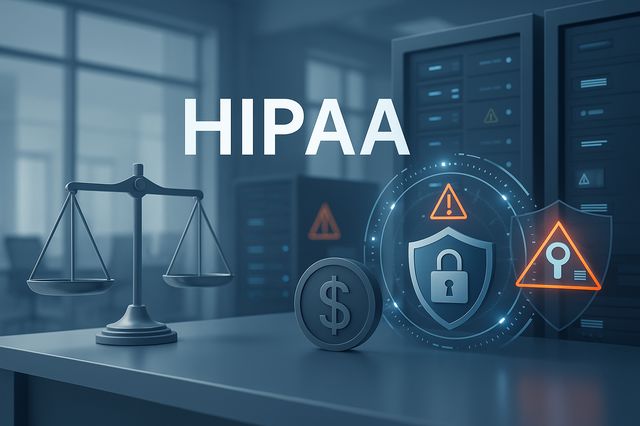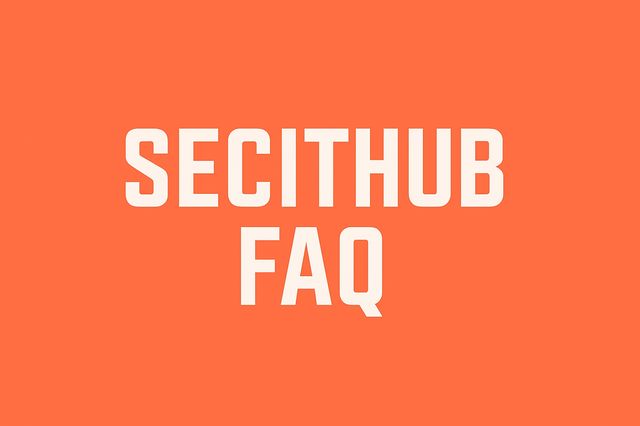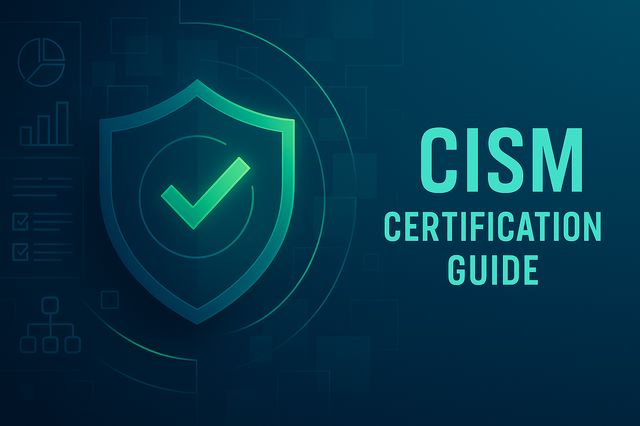HIPAA is the U.S. federal framework that protects health data. It sets national privacy and security rules for handling PHI/ePHI, requires risk-based safeguards, and enforces violations with civil and criminal penalties applying to covered entities and their business associates.
HIPAA is no longer a healthcare formality it’s a strategic test of leadership, accountability, and digital trust.
In 2025, executives who treat compliance as an asset not a burden build the kind of resilience that defines long term success.
Data protection isn’t a checkbox; it’s an expression of integrity.
When Regulation Becomes a Leadership Test
When I first sat with a small healthcare provider struggling with a HIPAA audit, it wasn’t the technology that held them back — it was leadership hesitation. They saw compliance as red tape, not as an investment in trust.
That’s the shift HIPAA now demands.
The Health Insurance Portability and Accountability Act (HIPAA) was introduced in 1996 to make healthcare information portable, private, and secure.
But almost three decades later, the law has evolved into something far more consequential: a benchmark for how organizations govern sensitive data, mitigate risk, and uphold ethical responsibility in a digital world.
HIPAA now touches nearly every technology decision made by healthcare organizations, insurers, SaaS providers, MSPs, and cloud vendors that handle protected health information (PHI).
And while large hospitals have compliance teams and legal counsel, small and mid sized businesses (SMBs) often face the same standards with a fraction of the resources.
That’s why understanding HIPAA as a strategic framework rather than a checklist is critical for executive survival in 2025.
Why It Matters
HIPAA’s Privacy, Security, and Enforcement Rules define how organizations must protect the confidentiality, integrity, and availability of electronic protected health information (ePHI).
But beyond regulation, HIPAA has become a litmus test for corporate governance.
A company’s approach to compliance now signals how seriously it takes security, ethics, and transparency.
Executives who understand this dynamic use HIPAA to
- Strengthen customer and partner trust.
- Reduce financial exposure.
- Align with frameworks like ISO 27001 and NIST 800-53.
- Negotiate better terms with insurers and cloud vendors.
- Avoid personal liability and regulatory escalation.
The Department of Health and Human Services (HHS) and its Office for Civil Rights (OCR) continue to tighten enforcement.
In 2024 alone, OCR issued multiple seven-figure settlements for data exposure cases most of them caused not by sophisticated hackers, but by misconfigurations, weak policies, or lack of staff training.
For leadership, this is not an IT problem.
It’s a business risk that demands governance, accountability, and culture.
The Executive’s Role in HIPAA Compliance
HIPAA’s Security Rule is built around three categories of safeguards: Administrative, Physical, and Technical.
Each of these pillars reflects decisions that start at the leadership level.
| Safeguard Type | Executive Responsibility | Core Objective |
|---|---|---|
| Administrative | Appoint a Security Officer, approve policies, allocate resources, enforce workforce training | Governance, accountability, risk management |
| Physical | Oversee facility security, access control, and device lifecycle | Prevent unauthorized physical access or data loss |
| Technical | Approve security controls, encryption, identity, and audit strategy | Protect ePHI in digital systems and networks |
All statistics and figures presented in the table above are based on publicly available cybersecurity and compliance data from recognized regulatory and industry sources.
Executives must recognize that HIPAA compliance is scalable, but accountability is absolute.
Even a small clinic or SaaS vendor is expected to demonstrate:
- Risk based decision making | Conducting annual or semiannual risk analyses.
- Documented governance | Maintaining written security policies, training logs, and access records.
- Business Associate Agreements (BAAs) | Ensuring every third party with access to PHI meets the same standards.
- Incident management | Detecting, documenting, and reporting breaches.
These are not optional they form the backbone of defensibility when OCR or insurers come calling.
From Compliance to Culture
HIPAA isn’t just paperwork; it’s a mindset shift from compliance to culture.
In high performing organizations, compliance is embedded into business rhythm not bolted on at the end.
Risk Analysis and Management
Every organization must conduct an accurate and thorough risk assessment of vulnerabilities that could compromise ePHI.
Executives should demand a documented process not a spreadsheet forgotten after an audit.
This assessment defines where to invest, what to fix, and which risks to accept.
Assign Leadership and Oversight
HIPAA explicitly requires the designation of a Security Official and Privacy Official.
But in SMBs, these roles often fall under a single executive meaning the person must have both technical literacy and strategic authority to act.
Training and Accountability
Even the best-written policy is meaningless if employees don’t understand it.
Training under HIPAA isn’t a one-time orientation; it’s continuous education tied to performance and sanctions.
Audit and Documentation
OCR auditors say one thing repeatedly “If it isn’t documented, it didn’t happen”
Leadership should ensure that every policy, incident response, and risk review is logged, dated, and retrievable for six years, as the regulation requires.
Business Associate Management
HIPAA’s reach extends through the entire supply chain.
If your billing partner, analytics vendor, or cloud provider mishandles data, you’re liable.
Executives must maintain current Business Associate Agreements (BAAs) and confirm that vendors perform their own risk assessments and breach notifications.
Economic Realities | The Cost of Ignoring HIPAA

HIPAA non-compliance is expensive not just in penalties but in lost contracts, litigation, and insurance premiums.
Below is a condensed, executive-ready overview of civil and criminal penalties:
| Type of Violation | Minimum Penalty | Max Penalty | Annual (per violatio) | Description |
|---|---|---|---|---|
| Unknowing violation | $100 | Up to $50,000 | $1.5 million | The covered entity or individual did not know and could not reasonably have known that they violated HIPAA. |
| Reasonable cause (not willful neglect) | $1,000 | Up to $50,000 | $1.5 million | Violation occurred due to reasonable cause and not willful neglect; corrective actions were taken promptly. |
| Willful neglect (corrected) | $10,000 | Up to $50,000 | $1.5 million | Violation due to willful neglect but corrected within the required time period after discovery. |
| Willful neglect (not corrected) | $50,000 | $50,000 (fixed) | $1.5 million | Violation due to willful neglect and failure to correct within the required time period. |
All statistics and figures presented in the table above are based on publicly available cybersecurity and compliance data from recognized regulatory and industry sources.
For context:
A single data breach affecting 500 patients could exceed $25 million in liability.
And penalties are only one layer.
The indirect cost lost trust, legal settlements, cyber-insurance rejection can be several times higher.
Executives must view compliance as risk mitigation ROI, not a legal burden.
A proactive compliance program consistently costs less than one breach.
How Executives Can Build a Scalable HIPAA Governance Model
Treat HIPAA as a Business Framework
Align HIPAA with your existing governance model not as a separate initiative.
It complements frameworks like ISO 27001, SOC 2, and PCI-DSS, focusing on similar principles: confidentiality, integrity, and availability.
By harmonizing controls, you avoid duplication and audit fatigue.
Build a Compliance Roadmap
Executives should oversee a roadmap that includes:
- Quarterly risk assessments
- Policy reviews every 6–12 months
- Training refreshers twice a year
- Vendor audits annually
This roadmap becomes your compliance calendar a living part of operational governance.
Integrate Cybersecurity Tools with HIPAA Controls
While HIPAA is technology-neutral, modern compliance depends on strong tooling:
- Encryption & DLP | Microsoft Purview, Symantec DLP, or BitLocker
- Identity & Access | Azure AD Conditional Access, Okta MFA
- Audit & Monitoring | Splunk, SentinelOne, or Azure Sentinel
- Backup & Continuity | Veeam, Acronis, or AWS Backup
Tools don’t replace policies, but they enforce them efficiently.
Measure Compliance Like a KPI
Treat compliance as a performance metric.
- Number of open vs. resolved incidents
- Average time to mitigate a breach
- Audit completion rate
- Employee training coverage
- When compliance becomes measurable, it becomes manageable.
Establish an Executive Compliance Committee
Even in SMBs, forming a small committee that meets quarterly ensures accountability.
Include IT, HR, legal, and finance.
Their agenda should cover risk posture, training status, and upcoming regulatory updates.
Criminal Penalties HIPAA Violations
| Offense Type | Fine | Imprisonment | Description |
|---|---|---|---|
| Knowingly obtaining or disclosing PHI | Up to $50,000 | Up to 1 year | Applies when PHI is obtained or disclosed knowingly and without authorization. |
| Under false pretenses | Up to $100,000 | Up to 5 years | Applies when PHI is obtained or disclosed under false pretenses (e.g., fraudulent intent). |
| For commercial advantage, personal gain, or malicious harm | Up to $250,000 | Up to 10 years | Applies when PHI is used or sold for financial or malicious purposes. |
All statistics and figures presented in the table above are based on publicly available cybersecurity and compliance data from recognized regulatory and industry sources.
Rea World Example | How Leadership Made the Difference
In 2023, a small healthcare analytics startup suffered a breach through a misconfigured cloud bucket.
It exposed patient identifiers and lab results from multiple clients.
The fine was avoidable had they performed a single documented risk review and BAA verification.
After remediation, the company appointed a CISO with executive authority, integrated encryption defaults, and launched staff awareness campaigns.
Within a year, they reduced exposure incidents by 94%, restored partner confidence, and secured a major insurer contract.
Their lesson?
HIPAA isn’t punishment | it’s the governance language that investors and partners already speak.
HIPAA in the AI and Data-Driven Era
The rise of AI-driven diagnostics, predictive analytics, and digital health platforms introduces new complexity.
HIPAA’s principles remain constant but their application now extends to algorithms, APIs, and data-sharing ecosystems.
Executives should prepare for:
- AI governance frameworks tied to HIPAA’s Privacy Rule.
- Automated data classification and de-identification technologies.
- Cross-border compliance as healthcare data increasingly moves between jurisdictions.
The upcoming decade will merge HIPAA with AI transparency and data ethics creating not just regulatory compliance, but a new model for digital trust.
Why HIPAA Is More Than Compliance
In every executive boardroom conversation about HIPAA, the question eventually becomes:
“Do we really need all this?”
The real answer: you can’t afford not to.
HIPAA compliance is the difference between an organization that reacts to risk and one that leads through integrity.
It’s a symbol of professionalism, a prerequisite for partnerships, and a public statement of ethical leadership.
Compliance is not a cost center it’s brand protection, operational continuity, and reputational capital.

All covered entities (healthcare providers, insurers, clearinghouses) and business associates handling PHI or ePHI.
Conduct a documented risk analysis covering systems, data flows, and vulnerabilities.
Vendors must sign Business Associate Agreements (BAAs) and meet equivalent Security Rule safeguards.
Human error, poor configuration, or lack of documented procedures not hackers.
At least annually, and after any major system, vendor, or policy change.
Cyber-insurance may cover incident response costs, but not regulatory penalties for negligence.
Use HIPAA maturity as a competitive differentiator proof of governance that builds client trust and investor confidence.
References
Health Insurance Portability and Accountability Act – wikipedia
Health Information Privacy – hhs
HIPAA (Health Insurance Portability and Accountability Act) – gartner


